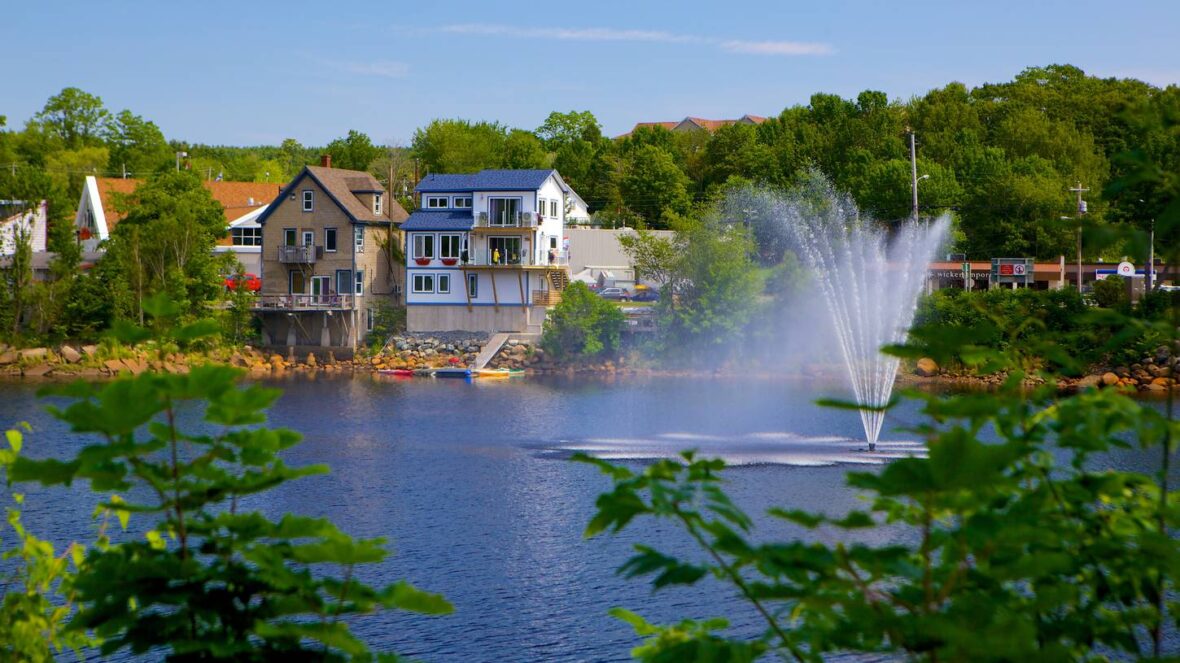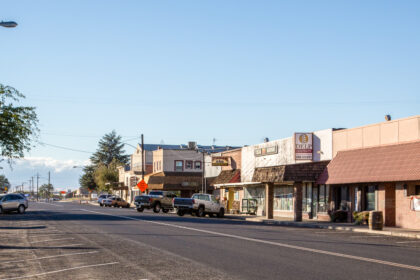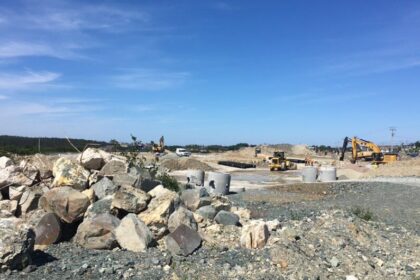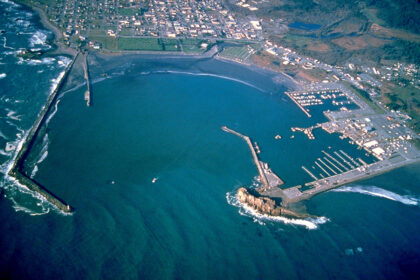Bridgewater is a town in Lunenburg County, Nova Scotia, Canada, at the navigable limit of the LaHave River. With a population of 8,532 as of 2016, Bridgewater is the largest town in the South Shore region. Take a look below for 30 fun and amazing facts about Bridgewater, Nova Scotia, Canada.
1. Priding itself as “The Main Street of the South Shore,” Bridgewater has long been established as the primary commercial and professional service centre in the southern half of the province.
2. The community boasts a diverse local economy, as well as larger national and international employers.
3. The first European settlers of the town came from the nearby settlements of Lunenburg, Riverport and LaHave, constructing the first house around 1810 on the west bank of the river (although the first house in what is now the town was built before 1803).
4. The town was named after the bridge built over the LaHave River. The commissioners for the construction of the first bridge were three brothers-in-law, George Heb, John Weil and John Vienot.
5. The town was incorporated on February 13, 1899, one month after the Great Commercial Street Fire, which devastated the downtown core of the community, destroying buildings along both sides of what would become King Street for more than half a kilometre.
6. The fire, which occurred on the night of January 12, 1899, is believed to have begun in the basement of the old music hall, located at what would, today, be the intersection of King and Dominion Streets.
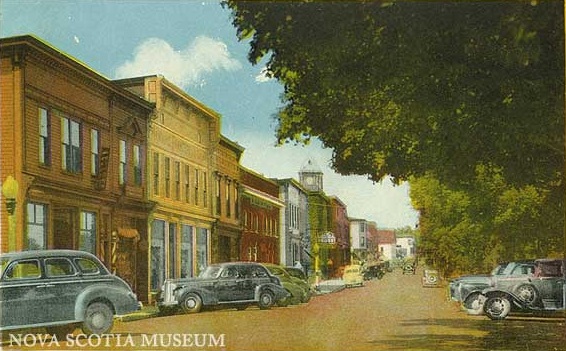
7. For much of the 20th century, the town’s economy depended on forestry and a large wood mill in the center of town, as well as the Nova Scotia Central Railway and later the Halifax and Southwestern Railway, for which the town acted as a central hub for the South Shore region.
8. The Acadia Marine Engine Company was based in Bridgewater and it made fish boat and coaster engines.
9. A period of some stagnation occurred beginning in the mid-1950s until a new Michelin plant opened within town limits in the early 1970s, providing employment for some 1,000 people.
10. The abandoned passenger train station burnt to the ground in the early 1980s, shortly after a revitalization plan was announced.
11. Freight rail service continued to the town until the early 1990s when Canadian National Railway abandoned the line and the tracks were removed.
12. The rail yard property on the east bank of the LaHave River is now occupied by the Bridgewater Mall (now known as the South Shore Centre) and various retail businesses.
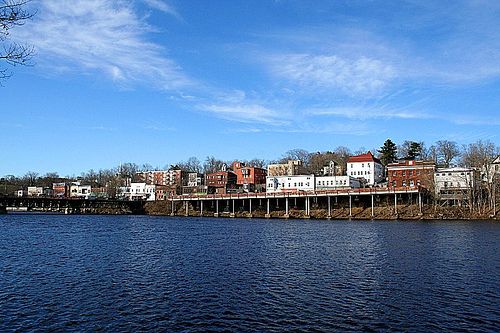
13. Since the 1990s, the town has tried with some success to come up with solutions for problems that have crippled other areas of the Maritime provinces: economic decline and an aging population.
14. Encouraging Bridgewater’s growth as a commercial and professional services centre, promoting artistic, athletic, and environmentally conscious initiatives, and refreshing aging municipal infrastructure has helped to strengthen the community’s position in the early 21st century.
15. Bridgewater is split in two by the LaHave River, with the majority of the town’s land area situated on the western bank of the river.
16. The town spans the LaHave River Valley and is dominated by hills that lead down to the river.
17. Elevation ranges from 5 metres above sea level (at the river), to nearly 110 m at the highest point at the former Olde Towne Golf Course (now slated for a housing development) on the southwestern limit of the town.
18. The surrounding area is characterized by rolling drumlins formed during the last glacial period, some of which reach 150 m above sea level.
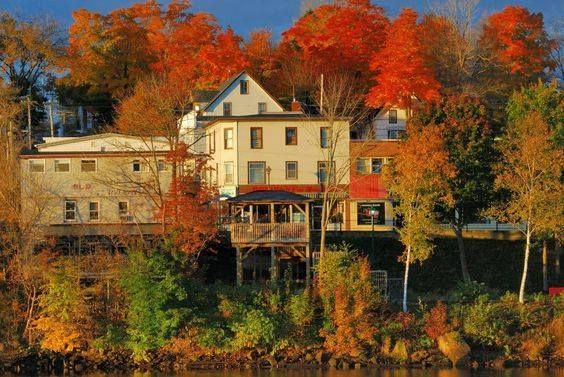
19. There are also several streams which empty into the river.
20. The LaHave River is traversed by two bridges in the centre of the town, and a 103 highway overpass and a foot bridge (formerly a railway crossing) towards the northern limits.
21. In the 2016 Census of Population conducted by Statistics Canada, the Town of Bridgewater recorded a population of 8,532 living in 4,077 of its 4,299 total private dwellings, a change of 3.5% from its 2011 population of 8,241. With a land area of 13.63 km2 (5.26 sq mi), it had a population density of 626.0/km2 (1,621.3/sq mi) in 2016.
22. While most smaller centres in Nova Scotia have experienced economic and population declines in the last 30 years, Bridgewater is one of the only locations in Nova Scotia outside Halifax County that showed consistent population growth over the span of the 20th century.
23. Like many communities in Nova Scotia, the population of Bridgewater has aged considerably over the last several censuses. As of the 2016 census, the average age of a resident was 46.8 years, one year younger than the surrounding county, but more than three years older than the province as a whole.
24. In 2006, 3.9% of town residents classified themselves as immigrants, most having immigrated before 1991. 1.4% of the population listed French as their mother tongue, while 6.3% considered themselves bilingual. 2.3% listed another language as their mother tongue. 53.3% of the population was female, a figure nearly two percent higher than the province as a whole.
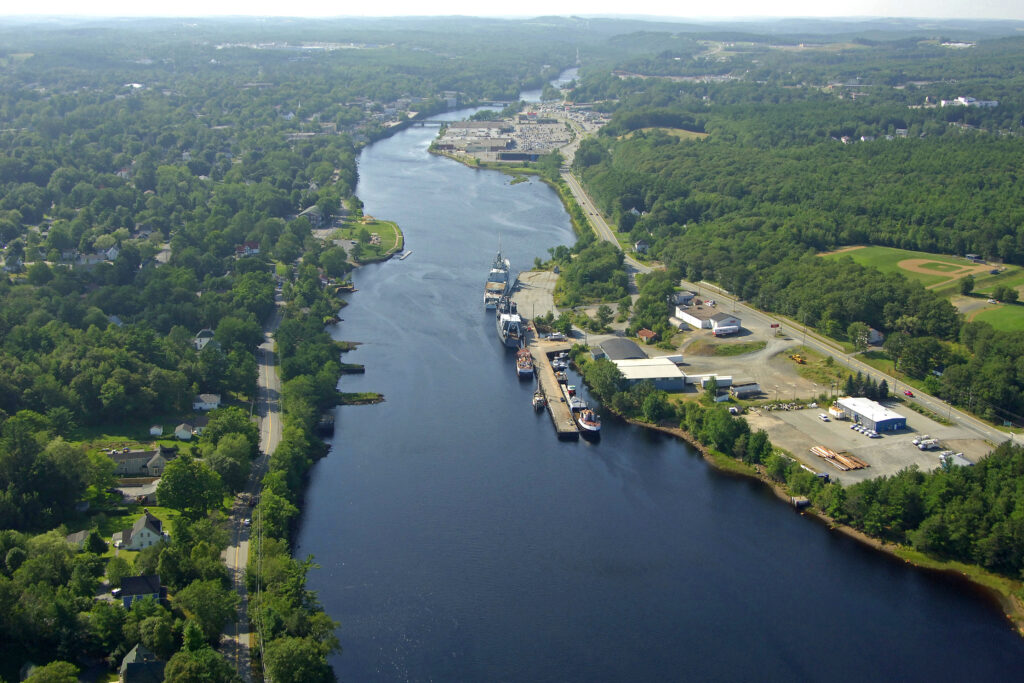
25. Culture and heritage promotion has seen a renaissance in Bridgewater in recent years. While the community is known for its commercial offerings and is generally accepted as being less tourism-driven compared to its municipal neighbours Lunenburg and Mahone Bay,
26. Community music has been a part of Bridgewater’s heritage for almost a century and a half.
27. The Bridgewater Fire Department Band has been a fixture in the town since 1868.
28. The South Shore Chorale, a seventy-voice mixed chorus, has been active since the 1960s.
29. In 2014, the Art Happening was established to create a thriving community art space in Bridgewater. Inspired by the ‘Art Hive’ movement in Montreal, the group of motivated and enthusiastic community members developed the idea of a free/low cost art building focused on creativity for people of all ages and backgrounds.
30. In 2005, the average earnings for all census families was $49,754, more than $4,500 below the provincial average. For married couples, this figure was $56,275, and for single parents, it was $26,362.

